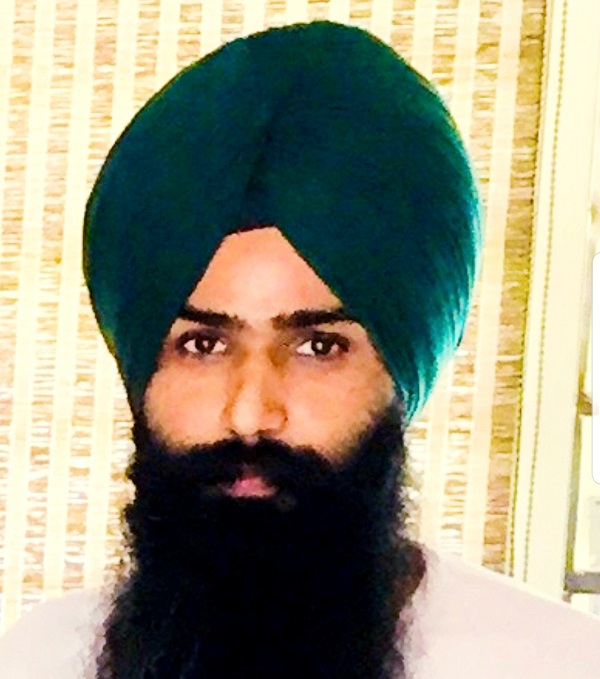(Samajweekly) Like human civilization, the history of human languages is very old. Along with the development of the human brain, the development of languages has also taken place step by step. Sign language is used to signify languages. Each language has its own script. Cryptography uses certain symbols to write any language faster. Sign language has played a very important role in the development of human ideology.
According to Helen Reynolds, a professor at the New York School of Education, cryptography was used even before Christ. According to Helen, in Greece, speeches and poems were recorded in sign language. According to historical sources, the world’s first stenographer was Marcus Tullius Tiro, who transcribed the speeches of Cicero and Young Cato in sign language in 63 BC. It is said that these notes of Marx went on to become the basic material for cryptography. Marx’s theory of sign language was based on alphabetical theory.
Roman scholars also adopted the cryptographic system and used it to record speeches or actions. Manuscript number 18231 is found in the British Museum which is dated 972 AD. Dr. Timothy Bright has been called the pioneer of modern cryptography. In 1588, he wrote a book, An Art of Short Swift and Secret Writing Character, which laid the groundwork for new scripts.
The cryptography system in this book is called the Bright System. Bright dedicated his book to the then Queen Elizabeth of England. John Williams authored a book, The Art of Stenography, which was based on alphabetical theory and featured letters and vowels.
Over time, many scholars and linguists have studied and studied important systems in the field of cryptography. There are a number of cryptographic systems in use around the world today. If we talk about John Bright’s book ‘Universal English Shorthand’, it became a very popular script-based book.
It was created by John Bright in 1767. In writing this book, he made special mention of the basic position of the lines and their place, and assigned five places to the vowel with the consonant lines. In 1786, a man named Samuel Taylor published a book describing the rules of cryptography, in which he set a specific line for each letter, and Taylor’s method became popular in many parts of the world.
A closer look at the field of sound systems reveals that the sound system originated in England in 1750. William Tiffin was the first inventor of the phonetic system in the world and since then many linguists and scholars from different countries have made many discoveries in the phonetic system but from the beginning to the present time Sir Isaac Pitman, author of the book Stenographic Soundhand, is considered to be the world-wide father of cryptography. The system adopted by Pitman in cryptography has become ubiquitous in the field of cryptography in modern times.
Punjabi Script
While referring to the cryptography, it is worth noting that for the first time in the world, the cryptography was used in the courts by John Lilburn in 1649 to record a court case, but on the other hand, it came to light after examining official documents. Thomas Gurney was appointed to the Old Bailey Criminal Court in 1738 as an official stenographer and is said to have been the first person to be officially recognized for his official use of cryptography.
Even in our great country India, the Pitman shorthand system based script is used in every state system. When it comes to the Punjabi language based script, it also directly or indirectly adopts the principles of the Pitman system, but according to the script scholars, considering the nuances of the language and the required spellings, the need Principles for the use of punctuation, abbreviated words, punctuation lines and phrases have also been invented in the Punjabi script.
The first name in the history of Punjabi cryptography comes from Kanwar Rabinder Singh, who wrote a book, Rabindra Gurmukhi Shorthand, on 15 February 1948, pointing in the opposite direction of the lines drawn in the Pitman system. Kanwar Rabinder Singh has been serving as Instructor, Supervisor and Research Officer (Stenography) in the Department of Languages, Punjab, due to which he has made significant contribution in the development of Sign Language.
Apart from this, in Punjabi notation, Sardul abbreviated script (1948) was composed by Prof. Joginder Singh / Sardul Singh, Adarsh Punjabi Shorthand (1963), Sardar Mangal Singh Giani, Pal Sanket Lipi (1969), Bhushan Kumar, New Punjabi Notation (1971). Author Kartar Singh MA, Saran Satinder Punjabi Shorthand (1976) Author Rajinder Singh BA, Systematic Punjabi Steno Teacher (1988) Author Amrik Singh MA Etc. Books based on various theories came into existence.
The most popular book of the day is the Authentic Script (1991). The book was written by the Stenography Research Wing of the Language Department, Punjab. The consonant lines in the standard notation are the same as the Pitman shorthand system, except for the th and consonant lines, and the alternate forms of t, th, d and d are shown left and right.
While introducing the history of cryptography, one aspect should also be brought to your notice. – PhD in the context of scientific study of script. A milestone was set in the field of cryptography by obtaining the first degree of Apart from drawing conclusions in his research, he has also made a mark in drawing the consonant lines and vowel frequencies of Punjabi, a field which has not been noticed till date. Language department Punjab Brihadbal Sharma has a Ph.D. He was specially honored on November 1, 1992 in lieu of Karan.
-Ins. Gurpreet Singh Chambal,
Zila Sainik Board,Patiala










